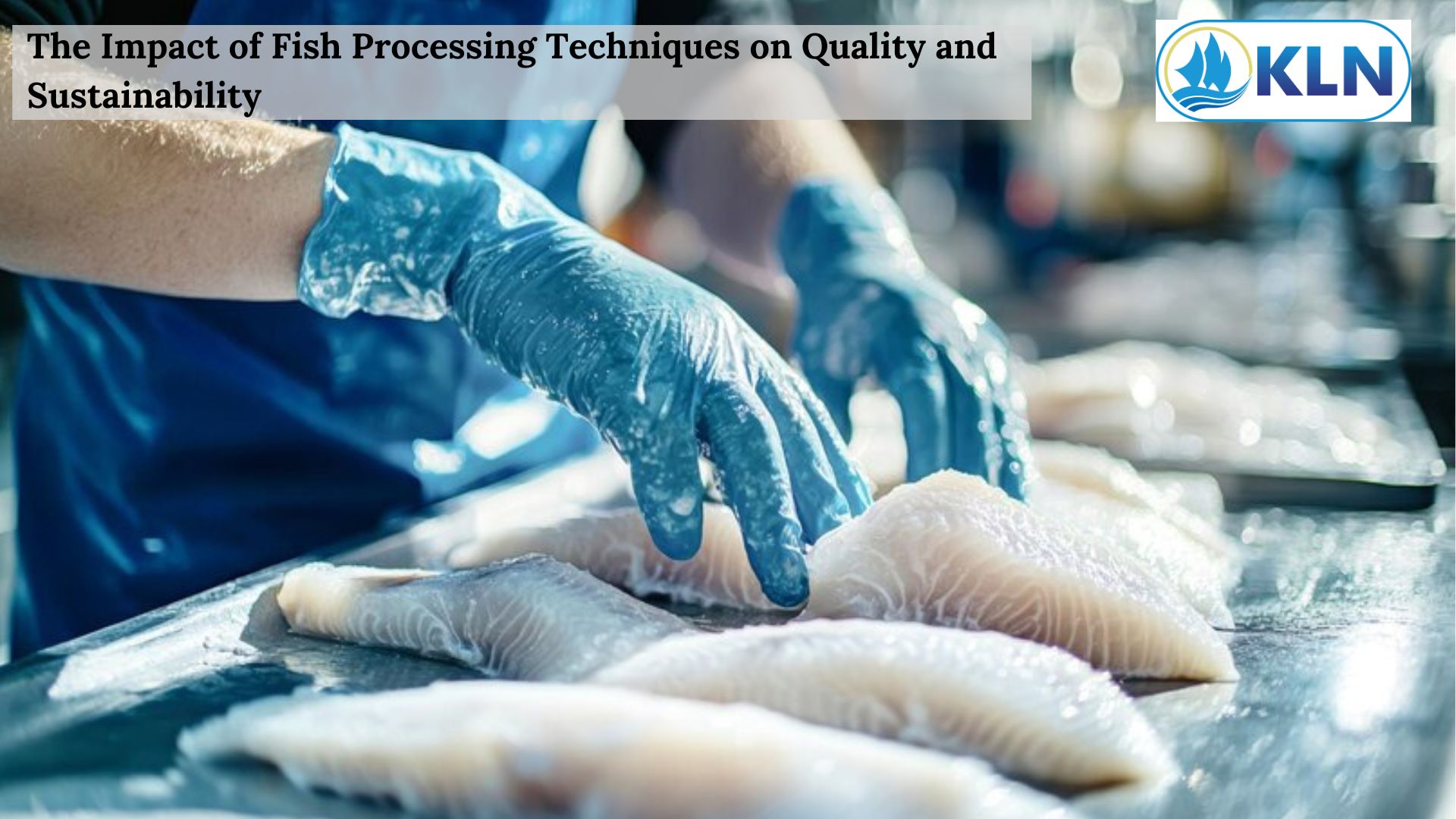The Impact of Fish Processing Techniques on Quality and Sustainability
By. Najih - 20 Sep 2024
Fish processing techniques play a critical role in determining the quality of seafood and its environmental impact. From traditional methods to advanced technologies, each technique affects the flavor, texture, and sustainability of fish products. In this article, we delve into the impact of various fish processing techniques on both quality and the environment, helping you understand how these methods shape the seafood you consume.
Traditional vs. Modern Fish Processing Techniques
Traditional Methods
Traditional fish processing methods, such as salting, smoking, and drying, have been used for centuries. These techniques often enhance flavor and preservation but can have varying impacts on quality and sustainability. For example, smoking can add a distinct taste, but excessive use of salt can affect the fish’s texture and healthiness. Traditional methods are typically less energy-intensive but may result in higher salt content and less consistent quality.
Modern Techniques
Advances in technology have introduced modern processing techniques like high-pressure processing (HPP), vacuum packing, and cryogenic freezing. These methods are designed to enhance quality and extend shelf life while minimizing environmental impact. For instance, HPP preserves the freshness and nutritional value of fish without the need for preservatives, while cryogenic freezing ensures rapid and efficient freezing with minimal texture loss.
Impact on Seafood Quality
1. Flavor and Texture
Different processing techniques can significantly influence the flavor and texture of fish. Techniques such as brining and smoking can impart unique flavors, while methods like freezing and thawing affect texture. For high-quality seafood, maintaining optimal flavor and texture is crucial, and modern techniques often provide more precise control over these attributes.
2. Nutritional Value
The nutritional value of fish can be affected by processing methods. For example, excessive heat from traditional cooking methods can lead to nutrient loss, while modern methods like HPP help preserve the nutritional integrity of the fish, ensuring that it remains rich in essential nutrients.
Environmental Sustainability
1. Energy Consumption
Traditional methods are generally less energy-intensive compared to modern techniques. However, modern technologies often aim to improve efficiency and reduce energy use. For example, cryogenic freezing requires less energy than conventional freezing methods, contributing to a lower carbon footprint.
2. Waste Management
Sustainable processing techniques focus on reducing waste and utilizing by-products. Advanced technologies can help in recovering valuable by-products and reducing overall waste, while traditional methods may not always address waste management as effectively.








